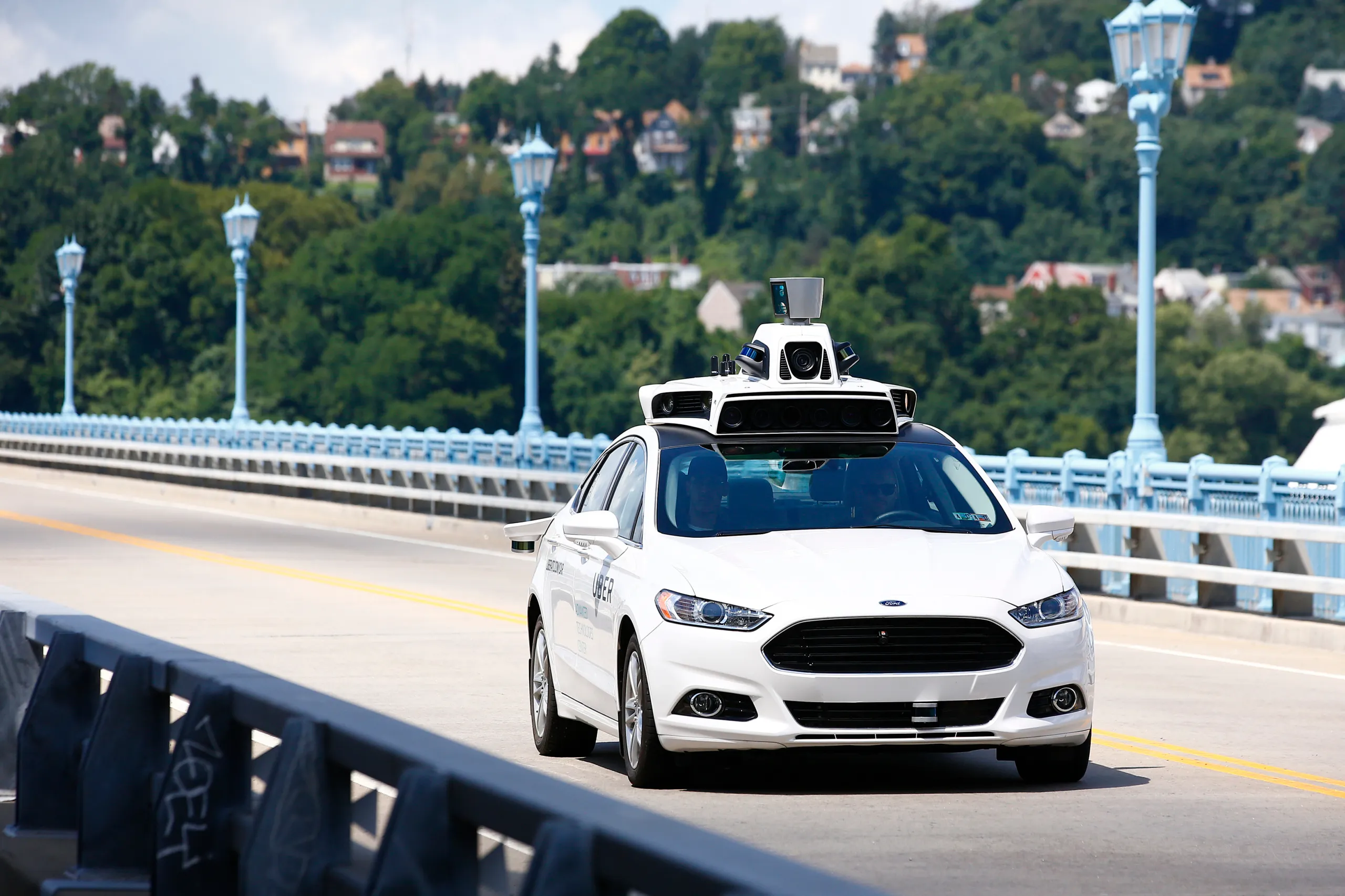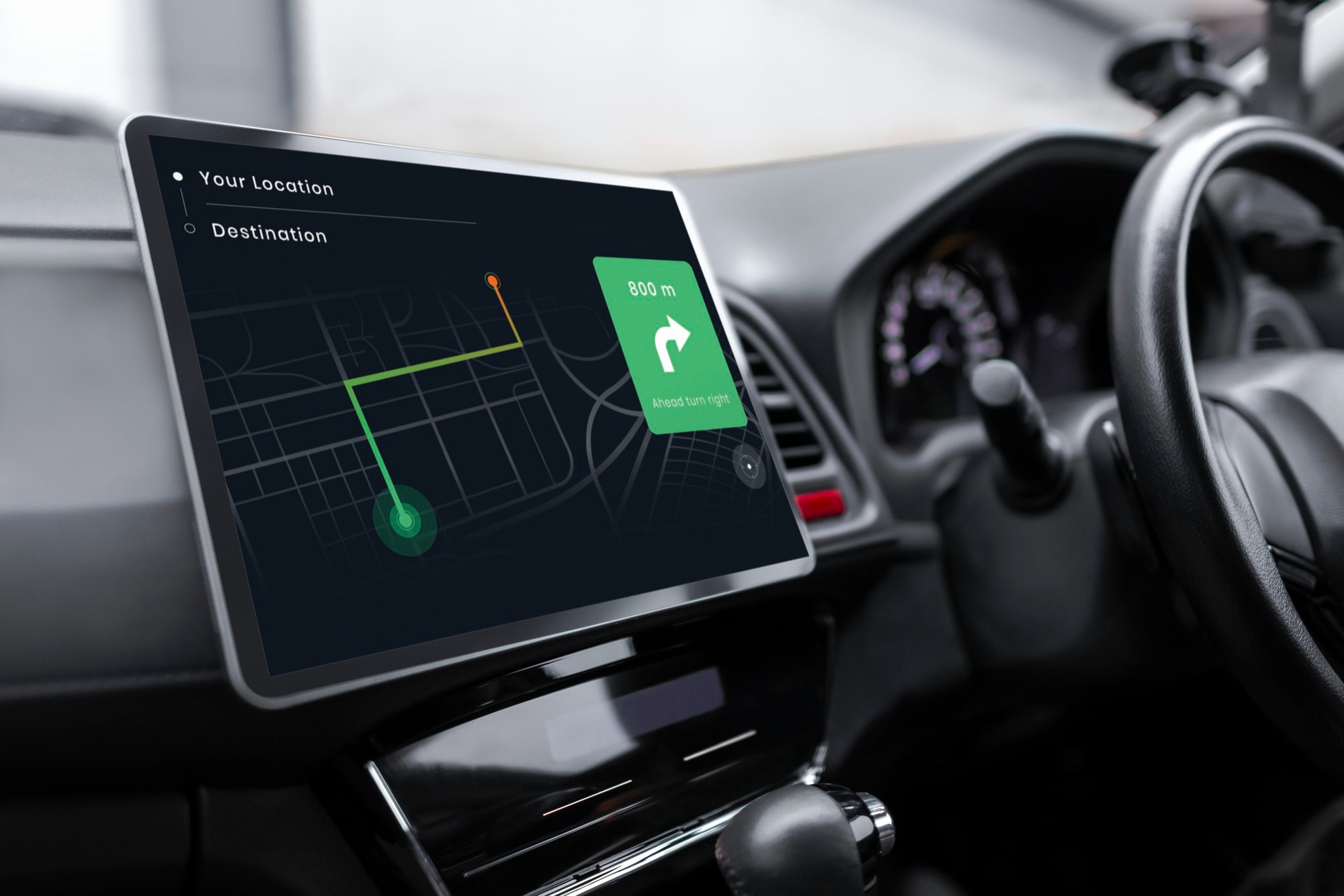The promise of fully autonomous self-driving cars, long anticipated by science-fiction authors, Elon Musk, and other tech innovators, has yet to become a reality. While the idea of robotaxis and completely self-driving vehicles (Level 5 autonomy) remains distant, significant progress has been made with advanced driver assistance systems (ADAS). These technologies, such as GM’s Super Cruise and Ford’s BlueCruise, represent key steps forward, gradually moving us closer to cars that can drive themselves under certain conditions.
GM’s Super Cruise is a leading example of current technology, offering Level 2-plus autonomy across 750,000 miles of North American highways. While the system allows hands-free driving in some situations, the driver must still remain alert and ready to take control. GM is working on an upgraded version of Super Cruise that will extend its capabilities to 95% of driving scenarios, using a combination of cameras, radar, and lidar. However, this upgrade, initially planned for the Cadillac Celestiq, has been delayed due to challenges at GM’s autonomous vehicle division, Cruise.
Ford’s BlueCruise is another significant player, providing Level 2 autonomy on 130,000 miles of highway in seven Ford and Lincoln models. Ford has recently enhanced its system with a new software update, which is now available in the Mustang Mach-E. In addition, Stellantis aims to outpace GM and Ford with its STLA AutoDrive system, promising Level 3 autonomy for hands- and eyes-free driving on authorized roads, although such systems are only legal in California and Nevada at present.

Mercedes-Benz is taking the lead in offering Level 3 autonomy in the U.S. with its Drive Pilot system, launched on EQS and S-Class sedans. This system allows hands-free driving in certain conditions, but drivers must still be prepared to intervene within 10 seconds if needed. Tesla, while advancing with its Autopilot and Full Self-Driving (FSD) systems, remains at Level 2 and continues to refine its technology in a beta phase, with no immediate plans for broader Level 3 deployment.
Certain cars are already capable of autonomous functions in specific scenarios. Examples include Hyundai’s Smart Park system for remote parking, BMW’s Parking Assistant Professional, and Bosch’s Automated Valet Parking, which enables cars to maneuver autonomously within parking structures. These technologies represent a step forward but are still limited to specific use cases and do not yet allow for fully autonomous driving on public roads.
Looking ahead, the journey toward full autonomy faces several hurdles, particularly in terms of sensor technology and artificial intelligence. Current systems, which rely on cameras, radar, and lidar, are still not advanced enough to replicate the human brain’s processing power. To address these limitations, some companies are exploring remote control by humans, where an operator could intervene and control the car remotely when needed. Services like Halo.Car in Las Vegas, which uses remote drivers for car retrieval, offer a glimpse of this approach. When Level 4 and 5 autonomous vehicles finally become a reality, they will need to include advanced safety features to accommodate new seating arrangements and ensure passenger safety in cases of emergency.

